June 30, 2023
Laminitis is a serious and painful condition that affects a horse’s hooves. When a horse’s hooves support the rest of a horse’s body, any condition that affects and injures them is one horse owners must take seriously.
Laminitis is caused by inflammation and damage to the sensitive tissues that support the hoof. This can be a life-threatening condition, so it is vital for horse owners to be aware of the signs and symptoms of this disease. If you believe your horse has laminitis or may be at risk, you should seek prompt care for them.
Causes of Laminitis
Laminitis can be caused by a variety of factors, including:
- Overfeeding: Feeding your horse too much food, particularly foods high in carbohydrates and sugar, can lead to laminitis.
- Obesity: Overweight horses are more prone to developing laminitis.
- Excessive Work: Working a horse too hard on hard surfaces, such as concrete or asphalt, can cause damage to the sensitive tissues in the hoof.
- Infections: Infections in the horse’s body, such as colic or pneumonia, can also lead to laminitis.
Signs and Symptoms
The earliest signs of laminitis in your horse can be subtle and may include:
- Reluctance to move
- Changes in gait
- Stiff appearance
- Hesitance or reluctance to turn or move on hard or uneven surfaces.
As the condition progresses, the horse may exhibit signs of pain and discomfort, such as shifting weight from foot to foot or lying down more frequently.
Other signs and symptoms of laminitis may include a characteristic “sawhorse” stance. This is where the horse shifts their weight to their hind legs in an effort to relieve pressure on the front feet. The horse may also develop heat or swelling in their feet, and the hooves may feel warm to the touch. In some cases, the horse may develop rings or ridges on the hooves, or the hoof wall may become separated from the underlying bone.
Not all cases of laminitis present the same signs and symptoms, and some horses may exhibit more subtle or atypical signs. For this reason, seeking veterinary care is essential if you suspect your horse may be suffering from laminitis. Early diagnosis and treatment can help to minimize the damage to the feet and improve the horse’s chances of recovery.
Treatment
If you suspect your horse is suffering from laminitis, it is important to seek veterinary care as soon as possible. Treatment options may include:
- Pain Management: Your veterinarian may prescribe pain medication to help manage your horse’s discomfort.
- Rest and Restriction: Your horse may need to be confined to a stall or have limited movement to allow the hooves to heal.
- Hoof Trimming: Your veterinarian or a farrier may need to trim or reshape the hooves to relieve pressure and promote healing.
- Nutritional Changes: Your horse’s diet may need to be adjusted to reduce the risk of further episodes of laminitis.
Prevention
Prevention is the best way to protect your horse from developing laminitis. If they never develop it, you never have to get it treated.
Additional precautions may be necessary if the horse has a history of laminitis or is at increased risk due to age, breed, or other factors. Preventing laminitis requires a proactive approach that involves careful management of the horse’s diet, environment, and overall health. By taking the proper steps to prevent the condition from developing, horse owners can help to ensure that their animals remain healthy and happy for years to come.
#1. Changing Their Diet and Exercise Routine
Obesity and other metabolic issues can increase the risk of the condition, so it is essential to carefully manage the horse’s diet and exercise routine to ensure the horse remains within a healthy weight range. This may involve feeding them a balanced diet with appropriate levels of protein, fiber, and other nutrients and limiting access to high-sugar or high-starch feeds and treats.
#2. Changing Their Environment
Monitoring the horse’s environment is necessary. Providing clean, dry bedding and ensuring that the horse has access to fresh water at all times can also help to minimize the risk of the condition developing.
#3. Regular Check-ups
Regular veterinary check-ups and hoof care are also crucial in prevention. Early detection and treatment of any underlying health issues or foot problems can help to prevent the development of laminitis or minimize its severity if it does occur. In addition, working with a qualified farrier ensures that the horse’s hooves are correctly trimmed and balanced, as this can help to prevent excess strain and pressure on the feet.
Contact Gladiator Equine for Our Therapeutic Laminitis Treatment
Laminitis is a serious condition that can cause great pain and discomfort for horses. If you suspect your horse may be suffering from laminitis, it is important to seek veterinary care as soon as possible. However, with prompt treatment and proper care, most horses can recover from laminitis and go on to live happy and healthy lives.
The innovative, therapeutic products we offer at Gladiator Equine bring a new alternative to treating injuries like laminitis. To learn more about our patented devices, contact us today.
- Tags:
- laminitis in horses


